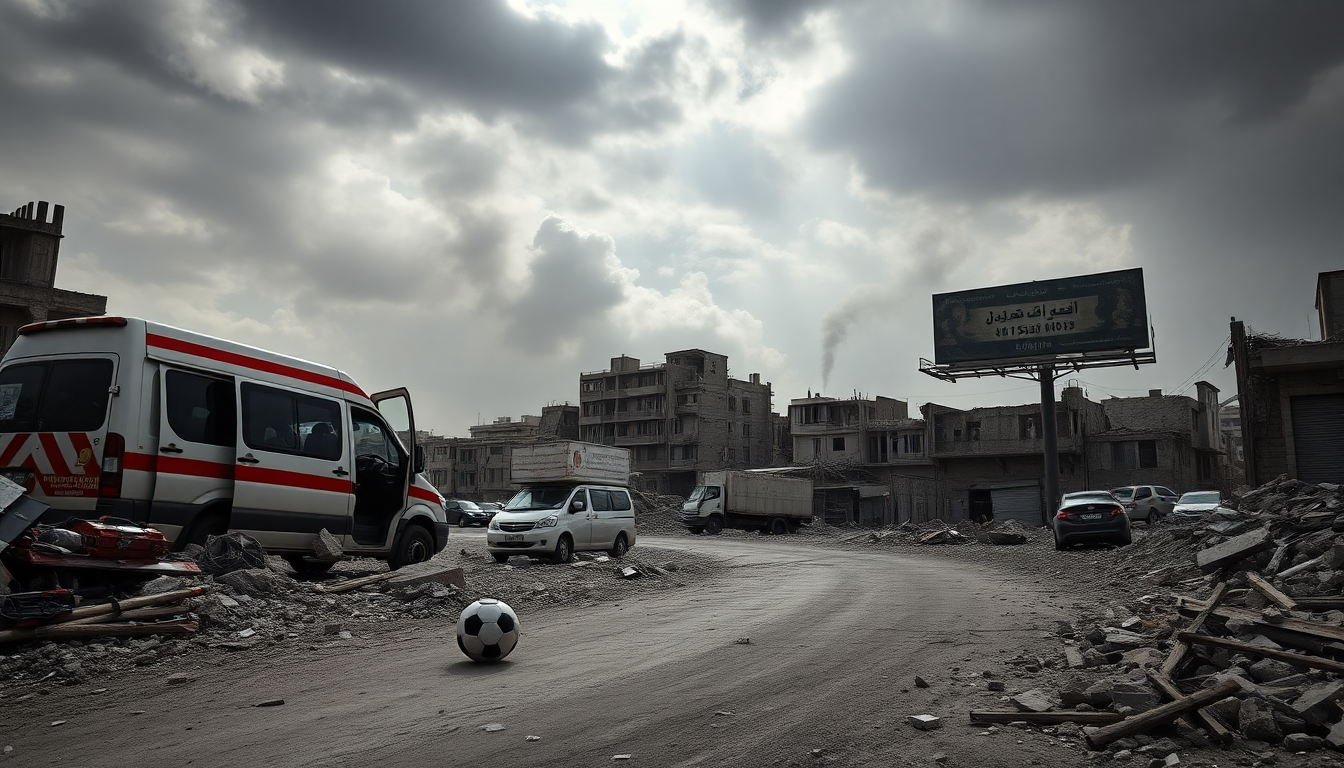Table of Contents
As the humanitarian crisis in Gaza deepens, the calls for a ceasefire are getting louder. It’s hard to ignore the significant casualties resulting from Israeli military actions, which raise urgent concerns about the safety and well-being of civilians trapped in this conflict.
Have you ever wondered what it’s like for those caught in the crossfire? Discussions between US and Israeli leaders are currently underway, exploring the possibility of a truce amid this spiraling violence.
The Escalating Violence and Humanitarian Crisis
The ongoing Israeli military operations in the Gaza Strip have resulted in the tragic loss of many lives, including innocent civilians just trying to secure essential food supplies.
Recent reports indicate that at least 45 individuals lost their lives in airstrikes, with many casualties occurring in densely populated areas like Gaza City and the northern regions. It’s particularly heartbreaking to note that some of the deceased were near aid distribution centers, highlighting the perilous conditions faced by those who rely on humanitarian assistance.
Can you imagine living in such fear?
Local emergency services report that the Gaza Humanitarian Foundation’s efforts to provide aid have been severely hindered by violence. There have been shocking accounts of Israeli forces firing on crowds of unarmed civilians.
This disturbing trend has led to over 580 fatalities and thousands of injuries since the organization began operating in the region. Eyewitnesses paint a grim picture, describing how heavy bombardments continue, leaving entire neighborhoods devastated by the ongoing conflict.
Humanitarian workers on the ground are facing dire circumstances.
Hospitals are overwhelmed, and critical medical supplies are running low. The lack of essential nutrients has led to tragic losses, with malnourished infants and toddlers succumbing to preventable conditions. Adding to this catastrophe is the rising number of respiratory illnesses linked to the relentless bombings affecting the civilian population.
What does it take for the world to truly see this suffering?
International Response and Calls for Truce
With the violence escalating, international pressure for a ceasefire is mounting. US President Donald Trump has expressed optimism about the potential for a truce, referencing discussions that hint at a possible resolution on the horizon. Recently, he emphasized the urgency of reaching an agreement in Gaza to restore peace in the region. But can optimism alone bring about change?
Israeli Prime Minister Benjamin Netanyahu has acknowledged the ongoing negotiations aimed at establishing a temporary cessation of hostilities. While details remain limited, there are hints that discussions may revolve around a previously proposed ceasefire framework that was disrupted by renewed military action. Isn’t it frustrating to see opportunities for peace slip away?
The political landscape complicates matters further, especially with Netanyahu’s ongoing corruption trial facing interruptions amid the conflict. The Jerusalem District Court has postponed hearings due to classified security concerns, raising questions about how domestic legal challenges intersect with the urgent need for diplomatic engagement during this crisis.
Looking Ahead: Prospects for Peace
As the humanitarian situation in Gaza continues to deteriorate, the international community is keeping a close eye on the developments surrounding the ceasefire negotiations. The convergence of diplomatic efforts from the US and regional stakeholders marks a critical moment in addressing the ongoing conflict. But what will it take for lasting peace?
While the road to peace is filled with obstacles, the growing calls for a truce reflect a collective yearning for stability and the protection of innocent lives. The coming days will be crucial in determining whether these discussions will lead to a meaningful resolution or if the cycle of violence will persist. Can we afford to wait any longer?
Ultimately, the situation in Gaza serves as a powerful reminder of the urgent need for a comprehensive approach to conflict resolution—one that prioritizes humanitarian concerns and encourages dialogue among all parties involved. It’s time to put humanity first.





